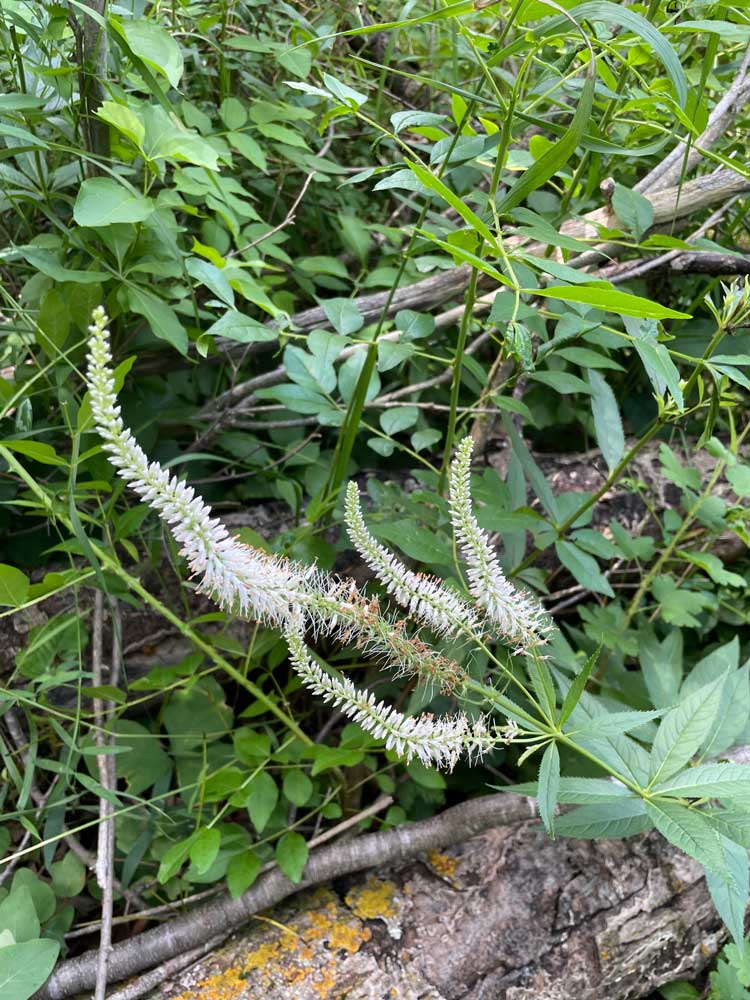
Native To State: NO
Naturally Occurring: NO
Description
Appearance: Epipactis helleborine is an orchid species known for its tall stem, broad leaves, and small, purple to reddish-brown flowers.
Leaves: The leaves are broad and lance-shaped, often with purple spots.
Flowers: The plant produces small, purple to reddish-brown, orchid-like flowers.
Habitat: It is commonly found in woodlands, grasslands, and disturbed areas.
Distribution: Broad-leaved helleborine is native to Eurasia and has become naturalized in North America.
Occurrence
A few plants found naturalized in former pasture area.
















